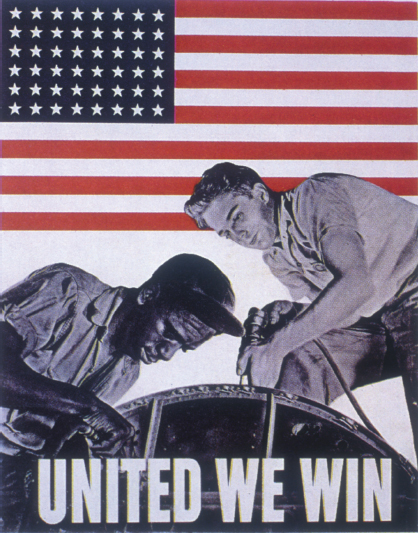Public Opinion Research
Printed Page 480

After the two world wars, researchers went beyond the study of wartime propaganda and began examining how the mass media filter information and shape public attitudes. Social scientists explored these questions by conducting public opinion research through citizen surveys and polls.
Public opinion research on diverse populations has provided insights into how different groups view major national events, such as elections, and how those views affect their behavior. However, journalists became increasingly dependent on polls, particularly for political insight.
Today, some critics argue that this heavy reliance on measured public opinion adversely affects Americans’ participation in the political process. For example, people who read poll projections and get the sense that few others are voting for their favored candidate may not bother casting a ballot. “Why should I vote,” they tell themselves, “if my vote isn’t going to make a difference?” Some critics of incessant polling also argue that polls mainly measure opinions on topics of interest to business, government, academics, and the mainstream news media. The public responds passively to polls, without getting anything of value in return. Professional pollsters object to pseudo-polls—typically call-in, online, or person-in-the-street polls that the news media use to address a “question of the day.” Such polls, which do not use a random sample of the population and therefore are not representative of the population as a whole, nevertheless persist on news and entertainment Web sites, radio, and television news programs.